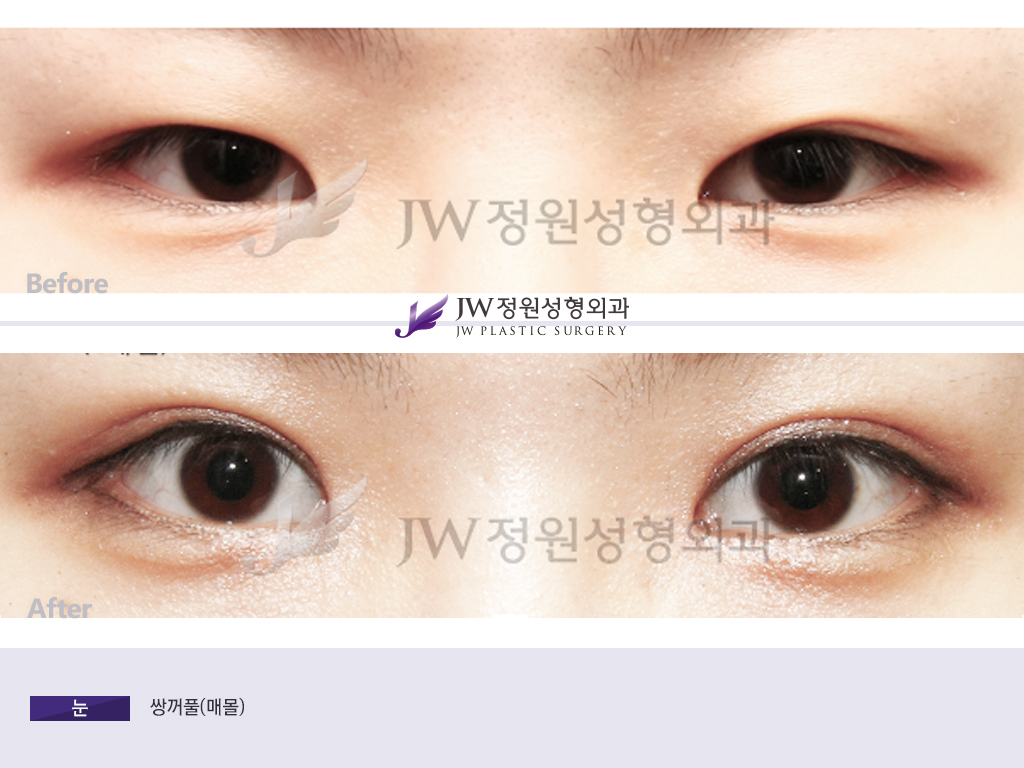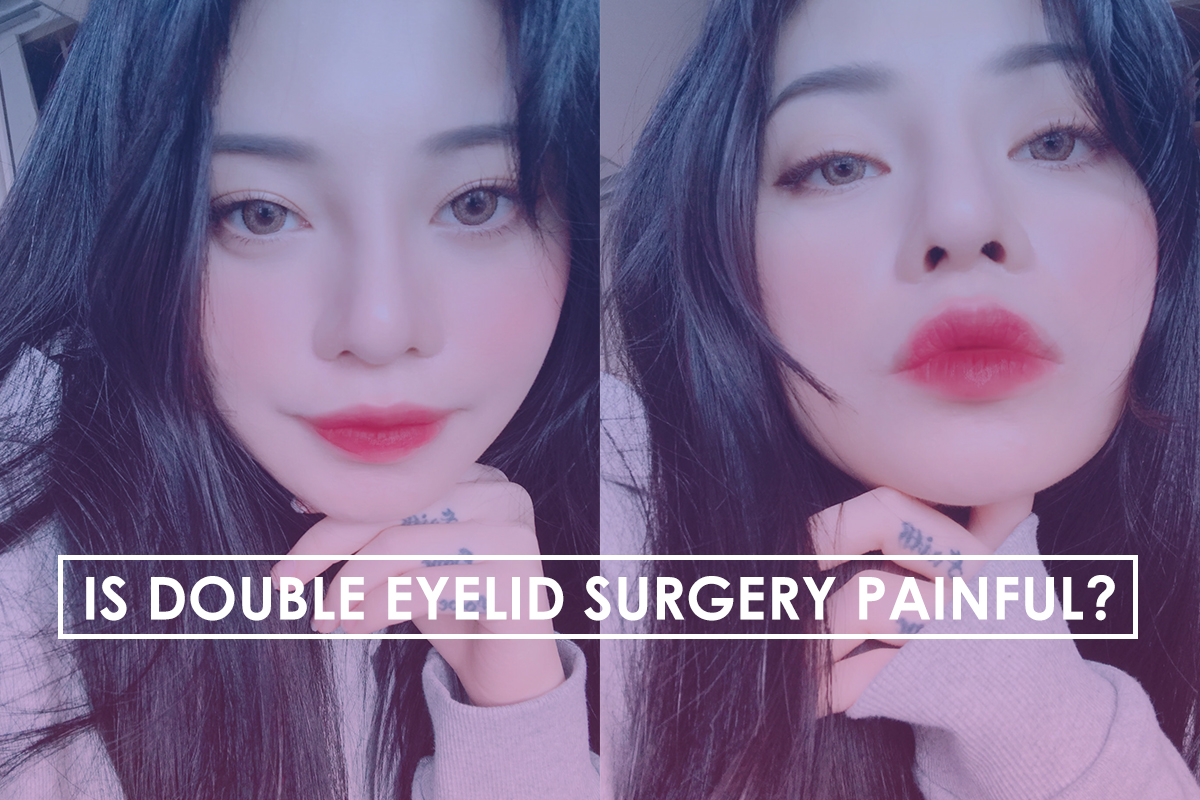Double Eyelid Surgery is the most common procedure amongst people of Asian descent around the world. There is a lot of curiosity around the topic of double eyelid surgery. We published this post to make your head clearer giving you useful answers for frequently asked questions.
Does double eyelid surgery hurt?
This is the most frequently asked question by people who are considering double eyelid surgery. It’s nothing unusual – the fear of pain is the most natural human instinct and of course, anyone wants to avoid painful situations. If you considered the double eyelid surgery and were afraid of the pain, we got good news for you – this surgery doesn’t hurt.
During the operation, the patient is under sedation or local anaesthesia. There is no pain, just a little numbness and discomfort – something that could be comparable to visit at the dentist with anaesthesia applied.
But what about after the surgery? When the anaesthetics wears off? Will I experience the sudden hit of pain? That won’t happen also. Patients are provided with painkiller medicine to help them go smoothly through all the recovery process. First days after surgery is the time of the greatest discomfort, as the patient must put ointment medicine regularly – there might be some problems with vision as the eyes will get little oily, depending on the patient there will be lesser or bigger bloating and numbness in the stitches area. But luckily, all these unpleasant things will disappear as soon as 2 weeks after the surgery.
How do we make double eyelids?
There are various surgical ways to achieve double eyelid and the choice of the best method depends on the patient’s needs and individual features, such as eyelid type, thickness of the skin, under skin fat volume, eye-opening muscle’s strength.
1. Non-incision double eyelid surgery
This method that ties the inner muscles and inner skin of the eyelid together. This method works the best for teenagers and people in their 20s, as their skin is still elastic.

2. Incision double eyelid surgery
An incision is made on the double eyelid line to remove some tissue, including skin, muscle, fat and connective tissues. Then, the dermis layer bellow the line is stitched to either fascia or tarsal plate, allowing them to adhere to one another by forming scar tissue. The double eyelid line created in this method is accurate and clear.
The incision method gives you a long-lasting double eyelid. However, it takes longer for the swelling to subside after the operation. You will also need a bit more time for your double eyelid to look natural.

3. Ptosis correction
This surgery is for people who have droopy eyelids caused by the condition named ptosis – weakness of the levator muscle. Due to this condition, the eyes might be slightly closed, giving sleepy and tired look. There are also non-visual hardships connected to ptosis – such as acute headaches.
Ptosis Correction can be performed by reduction of upper eyelid muscle or surgery of Müller’s muscle depending on the level of blepharoptosis. These surgeries are simple to operate and the method is determined by each patient’s strength of muscles that pull open the eyelids.

Is double eyelid surgery a procedure only for Asian people?
The common opinion is that this procedure is only for Asian people who don’t have double eyelid – considered a beauty standard in Asian countries. It is a common opinion but it is not 100% right. Double eyelid surgery is indeed the most popular amongst Asian people but it is not necessarily only for them. The surgery might be also performed on people with inborn double eyelids but are unsatisfied with the eyelid shape, asymmetry or droopy eyelids which hide or narrow the crease. Ptosis is also a condition seen frequently on non-Asian people and it can be definitely corrected by the surgery.
Learn more about eye surgeries in JW Plastic Surgery: LINK
